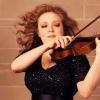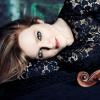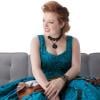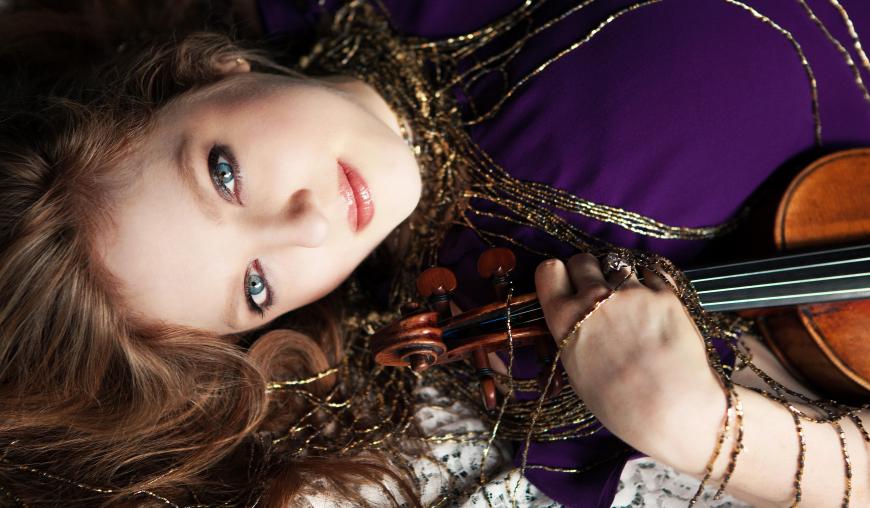
She “self-identified” as a violinist by age 6 and some years later also became a devoted headbanger. She is Rachel Barton Pine, and at 48, the Chicago-born musician has performed with the world’s leading orchestras. Her recording Dependent Arising just dropped on Cedille Records. Exploring connections between classical music and, yes, heavy metal, the release features concertos by Dmitri Shostakovich and Earl Maneein.
Pine’s history is certainly a unique one. After becoming enamored with the violin at her local church, she made her debut at age 7 with the Chicago String Ensemble. Because she was a fiend about practicing — up to six hours a day — she was homeschooled and later went on to study violin at the Music Institute of Chicago.
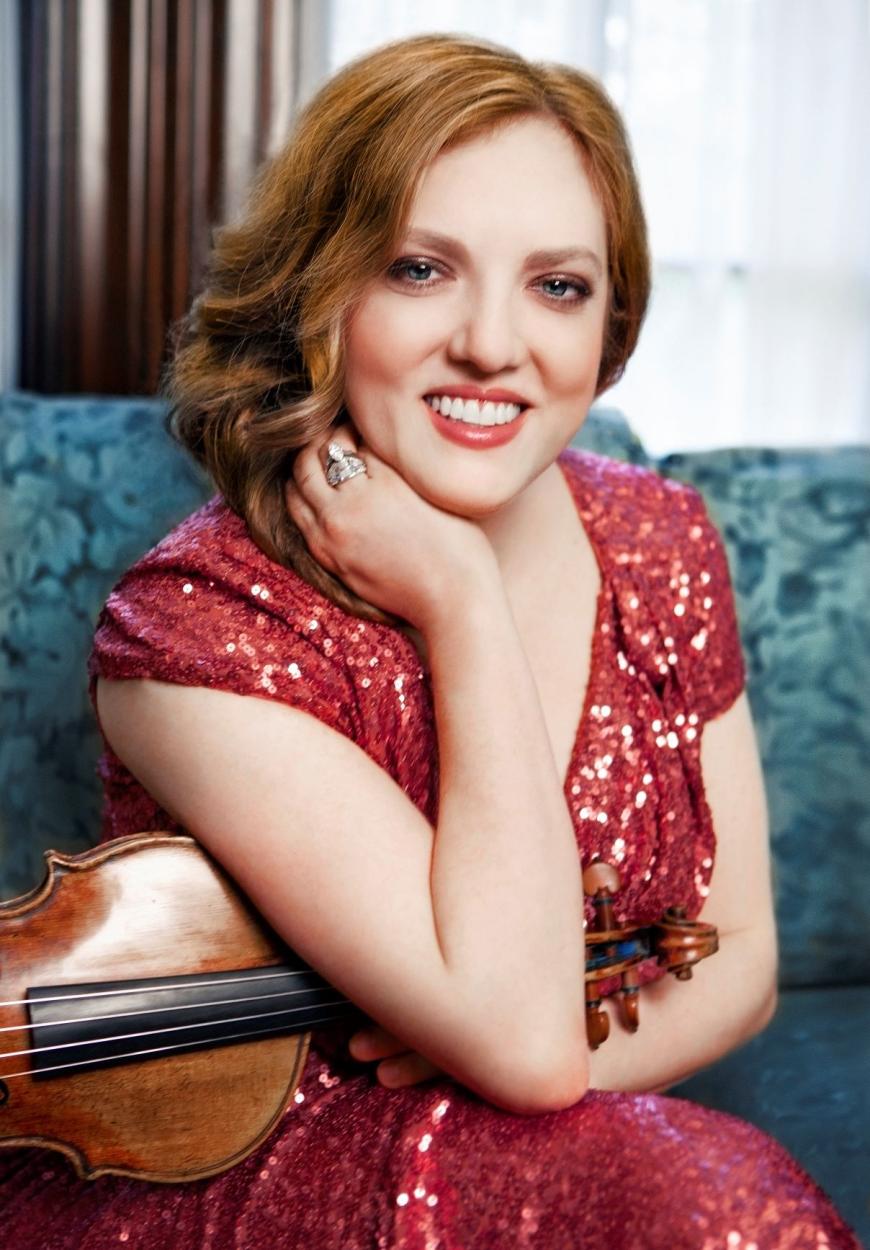
In 2001, she launched the Rachel Barton Pine Foundation, which not only supports students and young professional musicians but also includes the Music by Black Composers initiative. Last year, Cedille released a 25th-anniversary edition of Pine’s groundbreaking album Violin Concertos by Black Composers Through the Centuries (the title slightly updated for the reissue). In addition to her career as a soloist, she’s an avid performer of Baroque, Renaissance, and medieval music on Baroque violin, viola d’amore, and rebec.
Another love of Pine’s is performing music written for her by contemporary composers, among them Marcus Goddard, Daniel Bernard Roumain, and Billy Childs. Indeed, Pine recently performed Childs’s Second Violin Concerto with the Los Angeles Philharmonic, led by Stéphane Denève, in her debut at the Hollywood Bowl.
SF Classical Voice caught up with the uber-busy musician by phone from Chicago, where she lives with her husband Greg Pine and their 11-year-old daughter Sylvia.
OK, Rachel, there are prodigies and then there are prodigies, but how does one “self-identify” as a violinist at age 6?
I was fascinated by the sound of the instrument and started lessons when I was 3. I became obsessed and would play all day. I thought of myself not as someone who played the violin but as a violinist at the core of my identity. My parents weren’t professional musicians and were shocked by the weirdo I was, [but] they did research and were supportive.
Understood. But where does heavy metal fit into your career?
Yes, I’m a headbanger. Santa Claus brought me my first transistor radio when I was 10, [and] I was particularly drawn to hard rock and mainstream metal that I heard when the genres used to be more mixed. I discovered a station that [played] thrash metal. That was a complete revelation, and it became my third favorite music. My first is classical, my second is blues — because of Chicago blues — and the third is metal — and specifically, thrash and extreme. And my fourth favorite is Scottish fiddling.
I was studying classical all day and couldn’t turn off the intellectual side of my brain. I couldn’t listen to it for relaxation because I would be analyzing it and couldn’t chill out. I was able to relax with heavy metal. I know that’s ironic, but it never occurred to me to play these pieces on my violin.
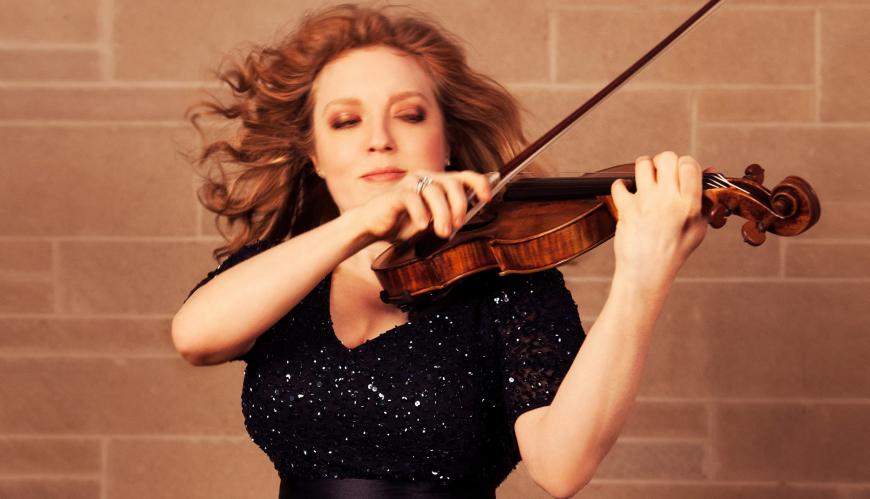
In 1995, I played “The Star-Spangled Banner” for a Chicago Bulls game, and there were 20,000 people in the stadium and millions more on TV. Strangers came up to me on the street and said, “I didn’t realize the violin was so cool.” Either someone likes violin or they don’t, and there’s not a heck of a lot you can do about it. I thought, “How can I reach people and introduce that to people?” and started going on rock radio stations. I am not a crossover artist; I don’t do that in performance. I would play AC/DC or Metallica and then some [Niccolò] Paganini or Eugène Ysaÿe and talk about how great bands were inspired by classical music.
There’s nothing more gratifying than having someone come up to you after a performance and say that that was their first [classical concert] and they loved it. The reason I love heavy metal is that it’s one of the closest genres to classical. There are plenty of music fans who listen to metal and classical and nothing else. I continued to do that with outreach performances: play some Shostakovich, Ozzy Osbourne, mix it up.
Speaking of Shostakovich, let’s talk about your new album, Dependent Arising. It’s your 24th with Cedille Records and your 40th in total. How did you decide to pair the Shostakovich Violin Concerto No. 1 with Earl Maneein’s Concerto for Violin and Orchestra, the latter commissioned by Tito Muñoz, who also led the Royal Scottish National Orchestra in the recording?
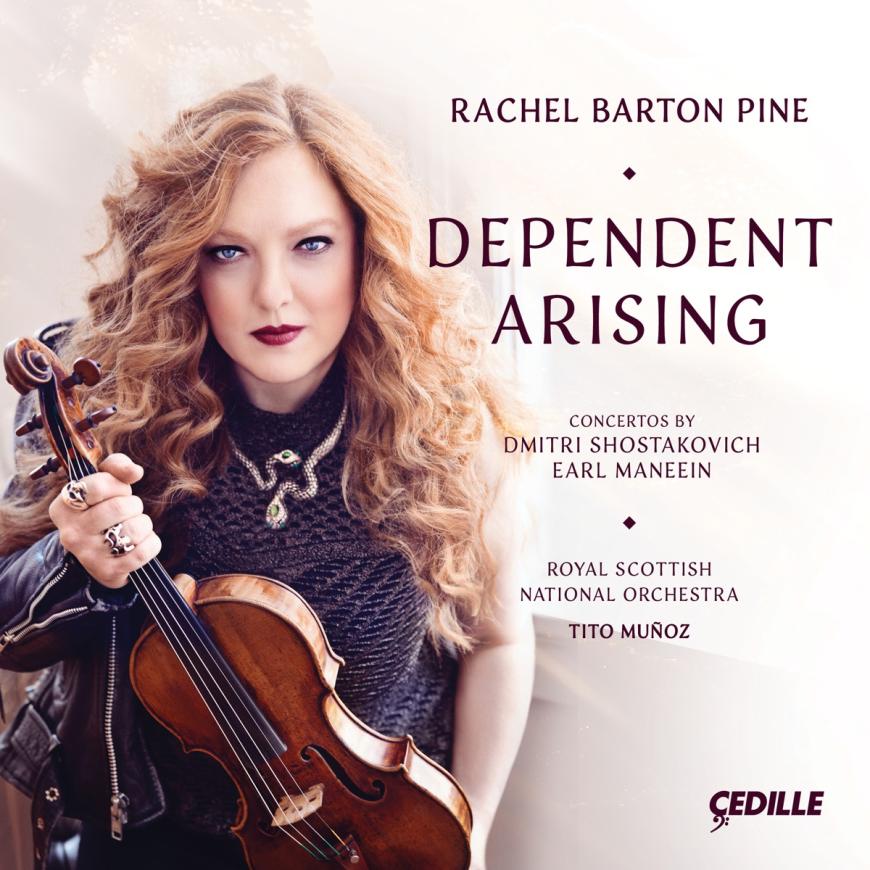
Recording is a very different art form than performing. [With live performance,] you have the inspiration of the moment, when practice wouldn’t have made that possible. With recording, you can capture your ideal vision and introduce repertory to people who wouldn’t normally [be listening] and share music with people all over the world.
Earl was born in the States but explains in the program notes how [his piece] has to do with this Buddhist concept, the interrelatedness of everything. We worked very closely on his concerto every step of the way. He would text me passages, [asking], “Is this possible?” and I would text him back. He’s a violinist himself, but he’s not a Paganini type. With the level of technique at my disposal, he can go further with me than he could for himself.
I love working with colleagues of mine who are both violinists and composers. The works that they create have me in my mind; something of my personality is infused into the piece. It’s not just their compositional voice but capturing their violinistic voice. In the past, violinists wrote concertos for themselves. Here’s Earl writing one not for himself, but it’s the kind of stuff that he would play if he could. We’re fans of the same kinds of extreme metal. That makes a special point of intersection.
Earl also talks a lot about Shostakovich, those feelings of desperation and anger and oppression. It’s funny, when you say “heavy metal,” there’s a misconception because of mainstream glam genres. People think it’s about hedonism, that it’s superficial. There are serious genres of metal that are about the human condition. Metallica’s fourth album is about environmentalism.
It’s a different world these days than putting yourself in the shoes of the Communist regime, someone living under that regime [such as Shostakovich]. Nonetheless, every age, every place on earth, there’s always angst, injustices that one can feel frustrated with. You always try to balance an interpretation, being honest to the type of playing that would have been appropriate to the composer’s time, [but] you have to make it your own for today’s world.
With Shostakovich, my interpretation doesn’t sound like I’m trying to copy [David] Oistrakh. I go further with more aggressive passages that don’t feel inappropriate — crunchy, scratchy sound effects. I can’t not have that be part of what I bring to the [piece]. It’s a part of me, and Shostakovich’s music is some of the closest to heavy metal. I headbang for Shostakovich. It feels like he never heard death metal, but his music is right alongside it at home.
Your daughter Sylvia is 11 years old and has traveled with you and your husband to all of your concerts since she was a toddler, so being backstage is nothing new for her. She’s also a violinist who has her own Instagram and YouTube accounts. What are your thoughts on raising a gifted musician?
I got to experience some of what my parents did because my daughter was interested in music. I thought, “Maybe she should play the cello because it’s different.” My husband said, “I’m not lugging a cello with me, so have her play violin.” I don’t want the pressure of people comparing her to me, but OK, I play violin, she plays [it too], so I know what to do here.
At age 4, she told me, “I’m a composer.” She didn’t think of herself as a violinist but as a composer. At the Bowl, after the concert I asked her, “Would you like to play on this big stage someday?” She said, “That would be OK, but I’d love to have one of my pieces on there.”
Most of these kids with Instagram post videos of themselves practicing scales, concertos. She wants to post videos of her improvisations. She’s a very different artist. She has original melodies pouring out of her all day long. I don’t have original melodies, but I have new empathy for my mother. How do I nurture her appropriately? I know nothing about raising a composer, but it’s a fun and interesting challenge.
Where do you see yourself in the next five to 10 years?
The concept of retirement sounds like a punishment. [Nathan] Milstein is really a role model. He performed into his 80s. Some of it might be genetic luck; some people linger on longer than they should and have an embarrassing decline. If that ever happens, I hope my husband will be an honest pair of ears, but I could focus on chamber music — you won’t have to do double stops.
My goal is to be like [Josef] Gingold and teach into my 90s and perform as long as I can. I teach a lot as it is, but I don’t teach full-time. Many decades hence, I’ll teach completely full-time. And I want to continue to perform with Sylvia. We have wonderful videos on YouTube; we performed the [Antonio] Vivaldi Double Concerto in Israel and again in Syracuse, New York.
We also have plans to make a Christmas album next year. It will be on Baroque violins. That’s where a lot of wonderful repertory from two violins comes from. I want to share with the world what we do at home.


